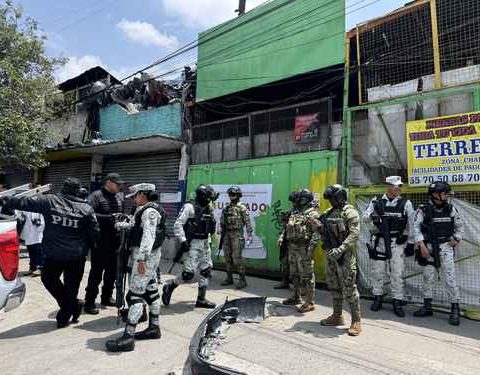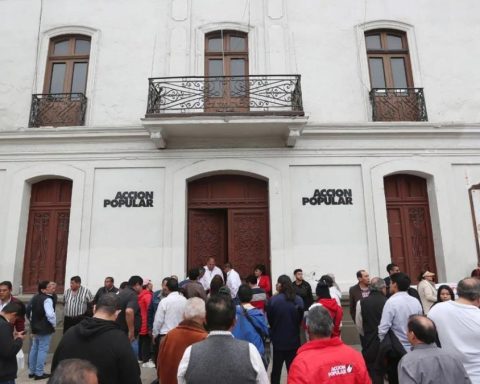During the most recent meeting of the Icetex board of directors, headed by the vice minister of Higher Education, Ricardo Moreno, key issues related to the current situation of the entity were addressed and important announcements were shared to ensure continued support for students.
(See: Icetex money: Mineducación proposes to universities to adjust academic calendars)
The entity highlighted its financial stability to continue offering educational credit with its own resourcessupported by its solid financial statements and the ratification of the AAA (Col) and F1+ (Col) credit rating by Fitch Ratings.
In the middle of the session, the Board of Directors received a communication from President Gustavo Petro, who assured that “No one who depends on Icetex credits will lose that sustainability” and reiterated the Government’s commitment to strengthening public and free universities, in addition to guaranteeing support for current beneficiaries of credits and subsidies in private institutions.
(Read more: The Government’s plans for Icetex: it would be a ‘first-tier bank’)
This message was received by the Board, which remains attentive to related developments. Starting Thursday, November 28, Icetex will open the renewal stage for all its educational credit lines for the year 2025.
Icetex.
This process will allow, they say, that more than 140,000 current beneficiary students continue their studies with the support of the entity. The pending transfers to Higher Education Institutions (IES) were also analyzed, which amount to $149,000 million.
(See also: Problems at Icetex: keys to a crisis that would affect hundreds of thousands of young people)
Of this amount, $94,000 million correspond to the ordinary operation of Icetex, while $55,000 million are associated with the Generation E – Excellence program, whose management continues in progress between the entity, the Ministry of Education and the Ministry of Finance.
Another highlight was the report on the ‘U Solidaria’ program, which has benefited 50,622 students with a joint effort of $50,507 million by 69 higher education institutions.
(Read more: The period that Icetex will have to explain the delays in drawings of its credit lines)

Icetex.
Icetex
This program, in which the HEIs assume the additional points to the CPI in the interest rate during the study period, was recognized as a model of cooperation, inviting more institutions to join.
(Read: What the Government says about the supposed cut of resources to Icetex)
The Board expressed its willingness to work together with the National Government and the educational system on proposals that improve access to higher education and strengthen the capabilities of the entity.
Furthermore, he announced that will hold extraordinary sessions before the end of the year to evaluate mechanisms that allow opening new funding calls for enrollment of new students, as well as streamlining the transfer processes to beneficiaries and universities.
(See more: Nearly a million Colombians have some benefit from Icetex)


















